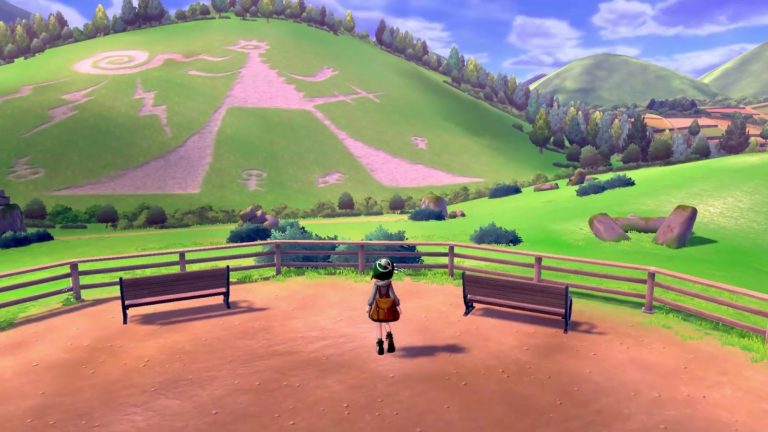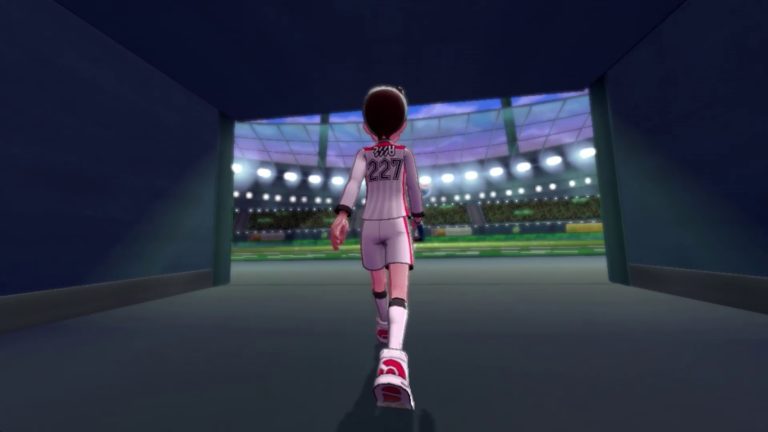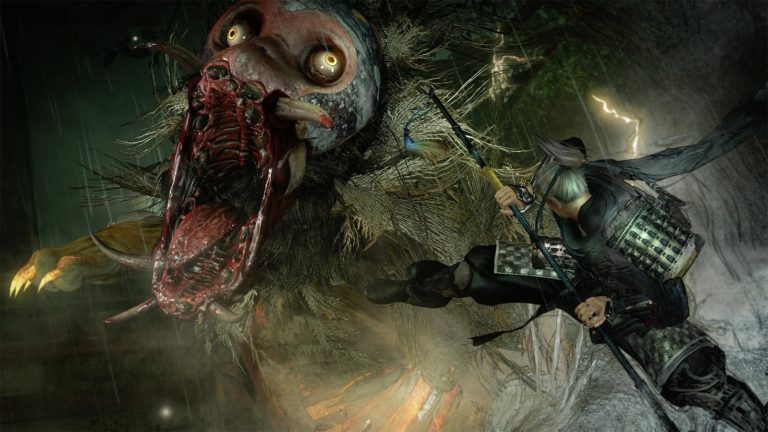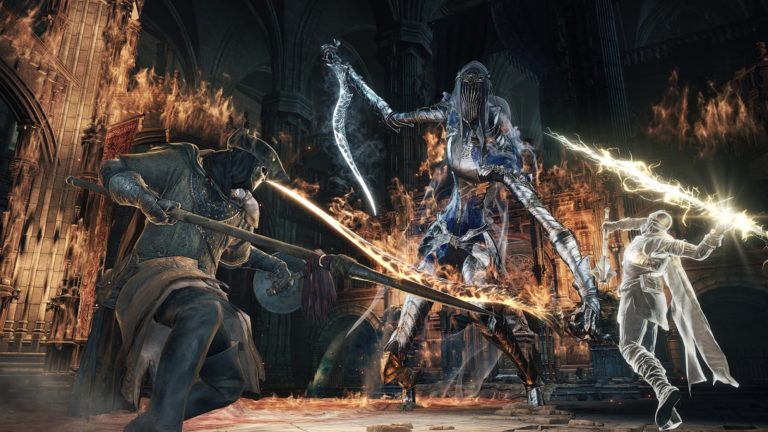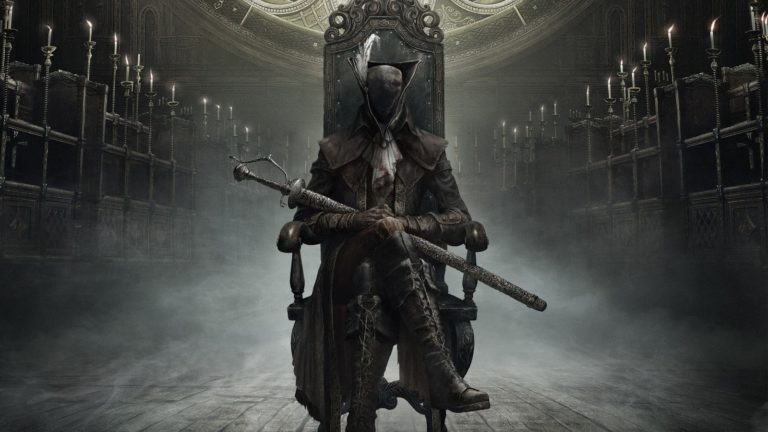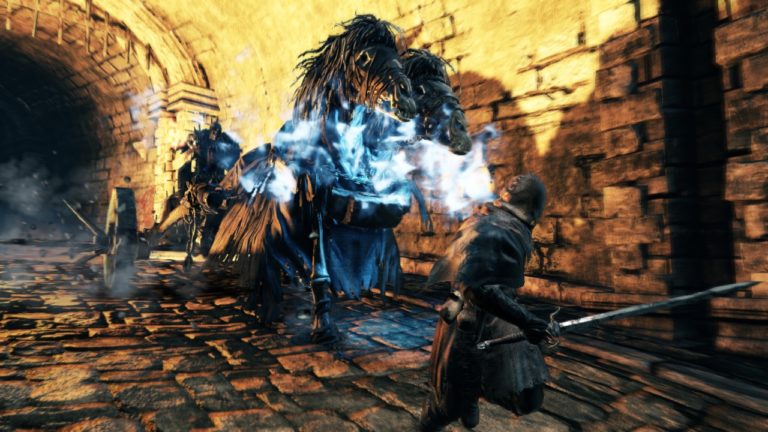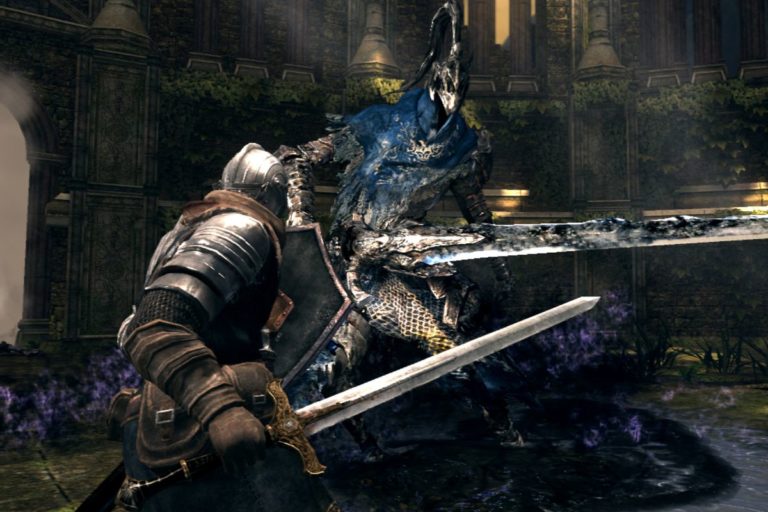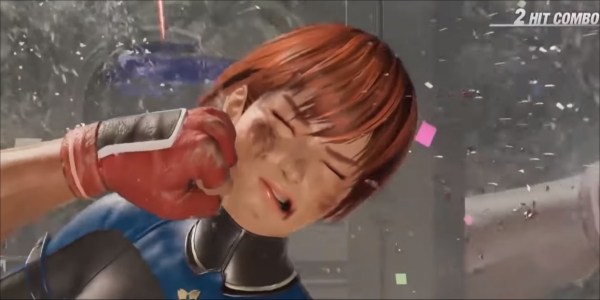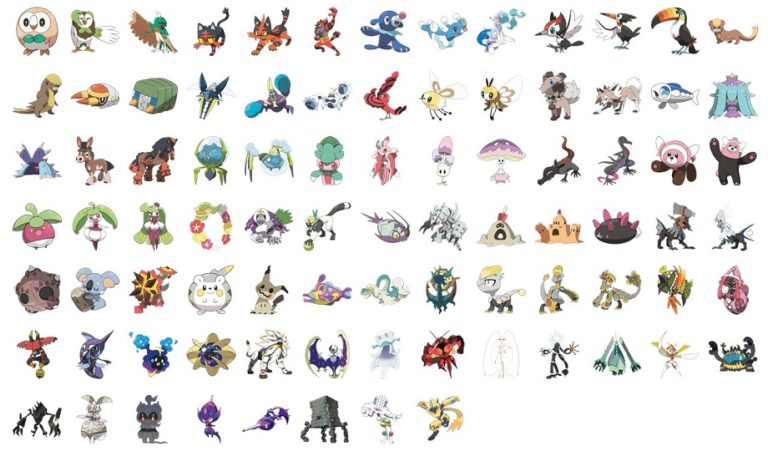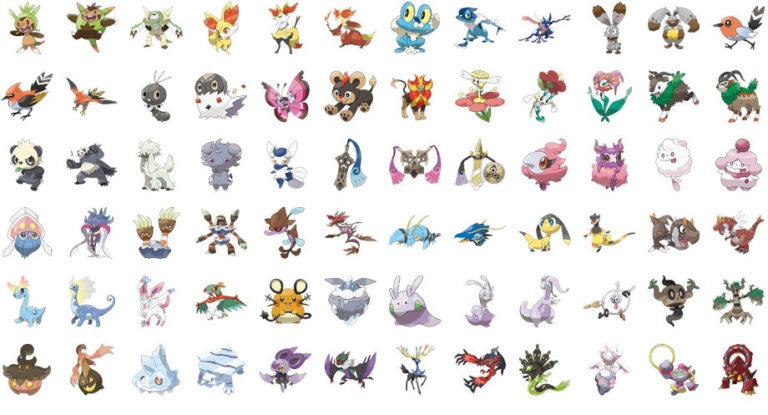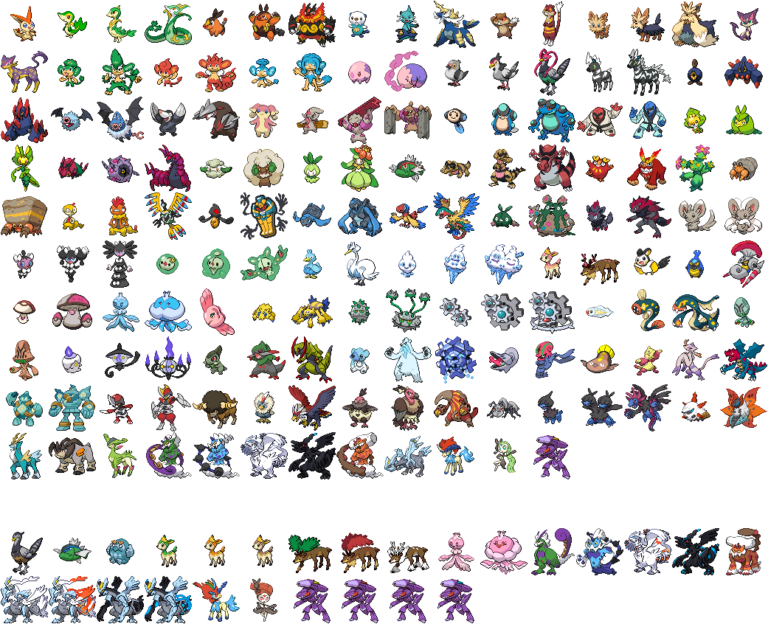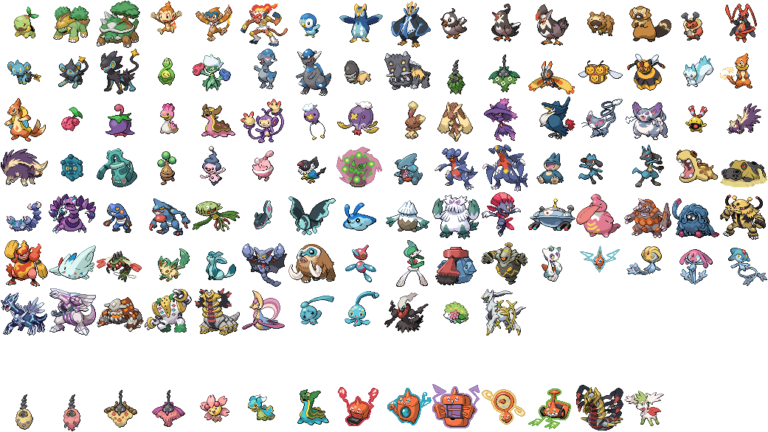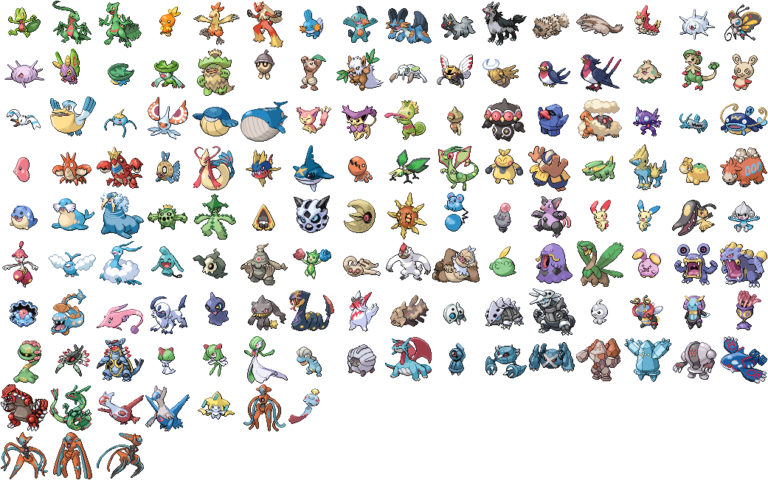Welcome back! As promised, I have a number of speculations based on the announcement trailer for Pokemon...
video games
The tonal whiplash is real: I just got off of a pretty dire warning about isolationism and...
I’m going to do something slightly different here – normally I’d just be looking at the Dark...
Love Refined Game Engine – As groundbreaking as the Souls games are, they have always been incredibly janky...
While it isn’t actually a part of the Souls series, Bloodborne is in a similar mold with some very...
Love Some Memorable Characters – Somewhat surprisingly, Dark Souls 2 has a lot of characters which hold up...
I recently began replaying Dark Souls, this time on PS4 with the remastered edition. Having played a ton...
When last we checked in with the Dead or Alive franchise, anti-SJW types were stirring up a controversy...
Generation 7 (Sun, Moon, Ultra Sun, Ultra Moon) Love Much-Needed Gameplay Refinements and Improved Accessibility – I’m...
Generation 6 (X, Y, Omega Ruby, Alpha Sapphire) Love New Graphics Engine Shines – The pseudo-3D sprites...
Generation 5 (Black, White, Black 2, White 2) Love Insane Refinement and Ambition – Gen 5 was...
Generation 4 (Diamond, Pearl, Platinum, HeartGold, SoulSilver) Love Physical/Special Split Totally Changed the Game – As I’ve said before, in the...
(Just a disclaimer on this entry, Generation 3 is the only gen that I haven’t experienced first-hand....
Generation 2 (Gold, Silver, Crystal) Love Quality of Life Improvements – It cannot be overstated just how much better...
